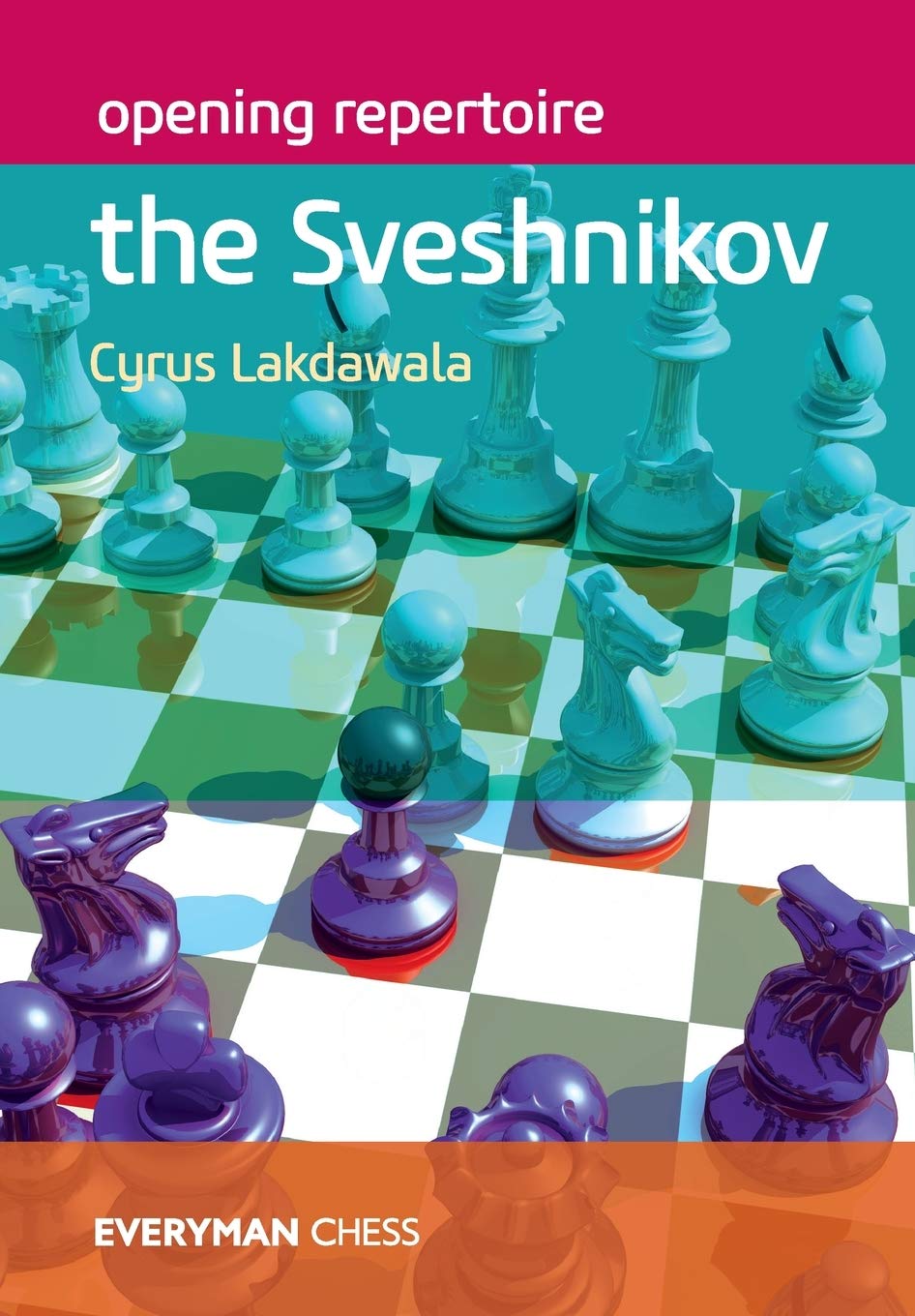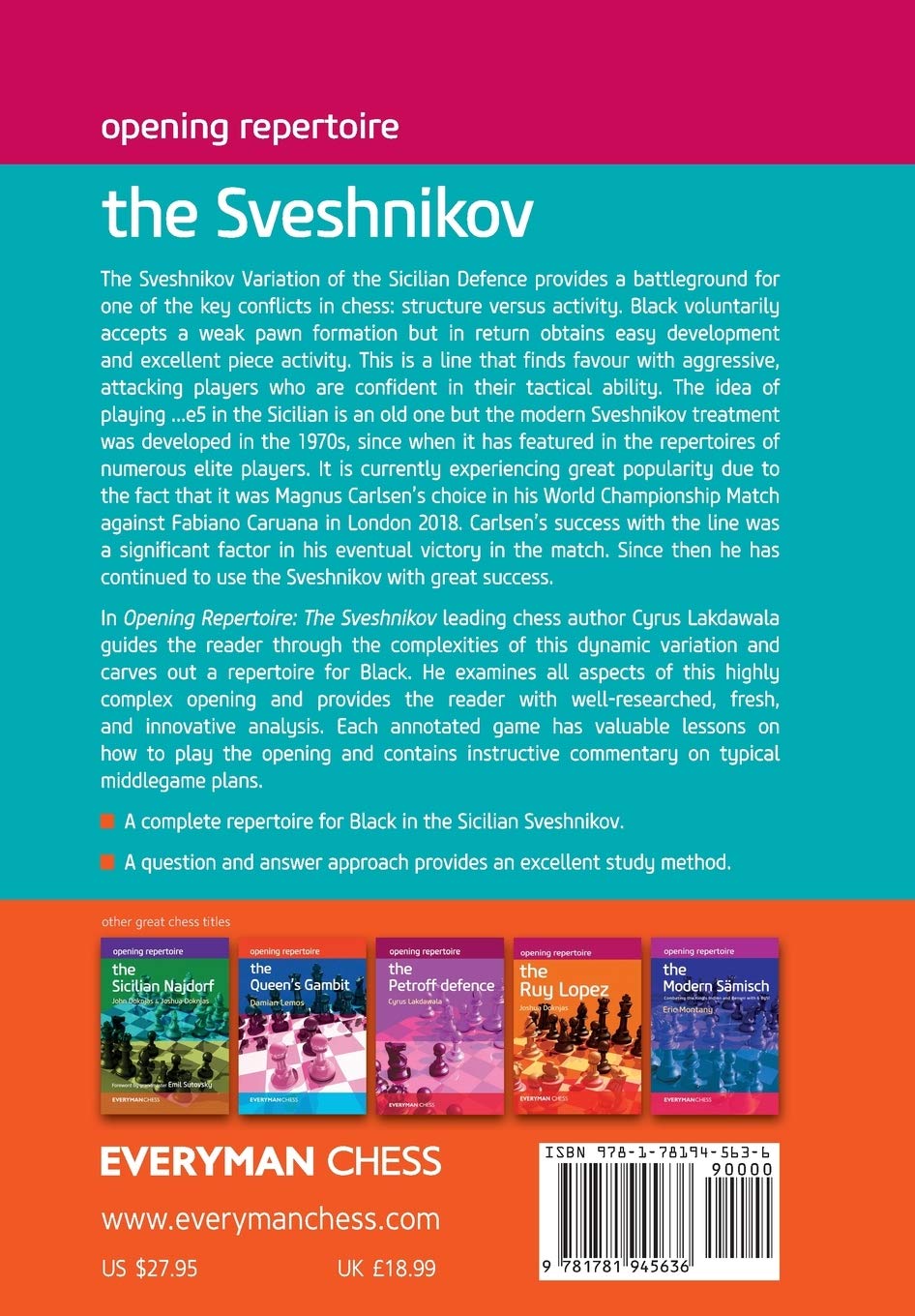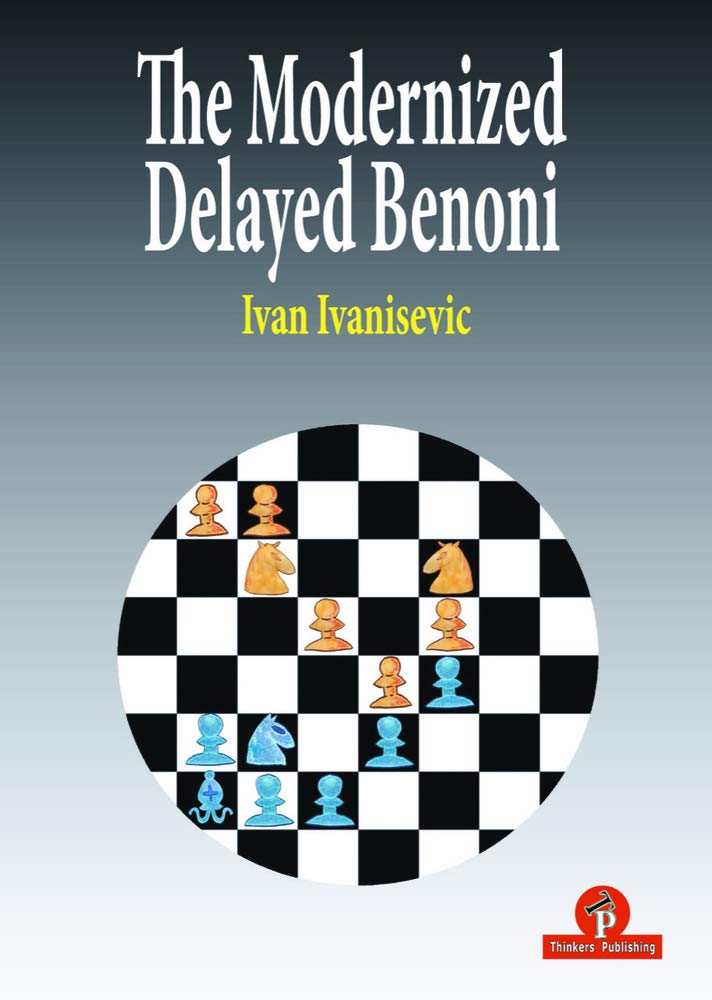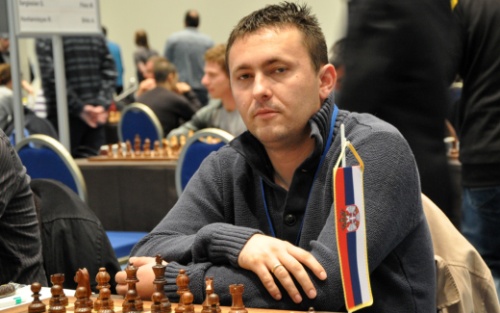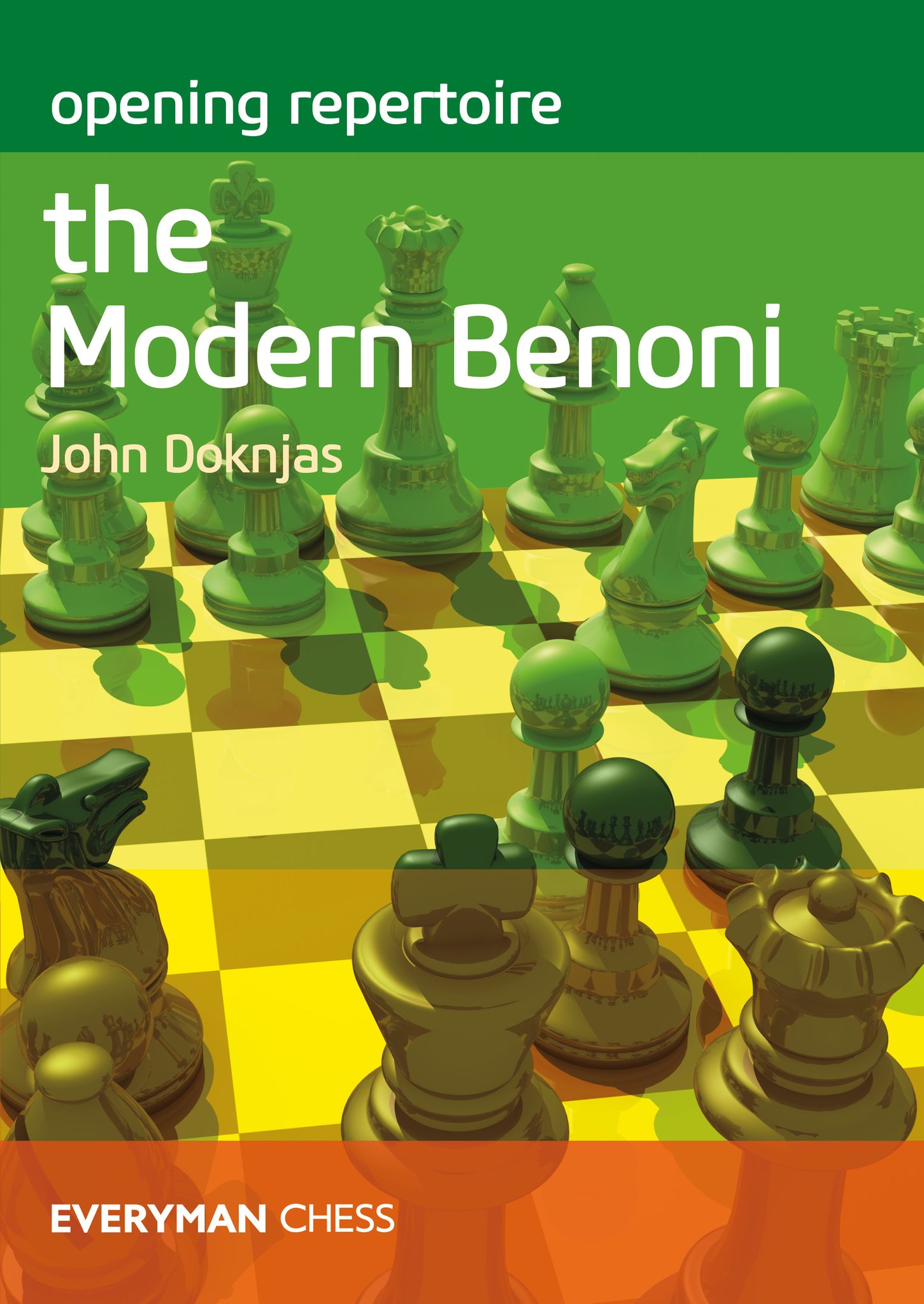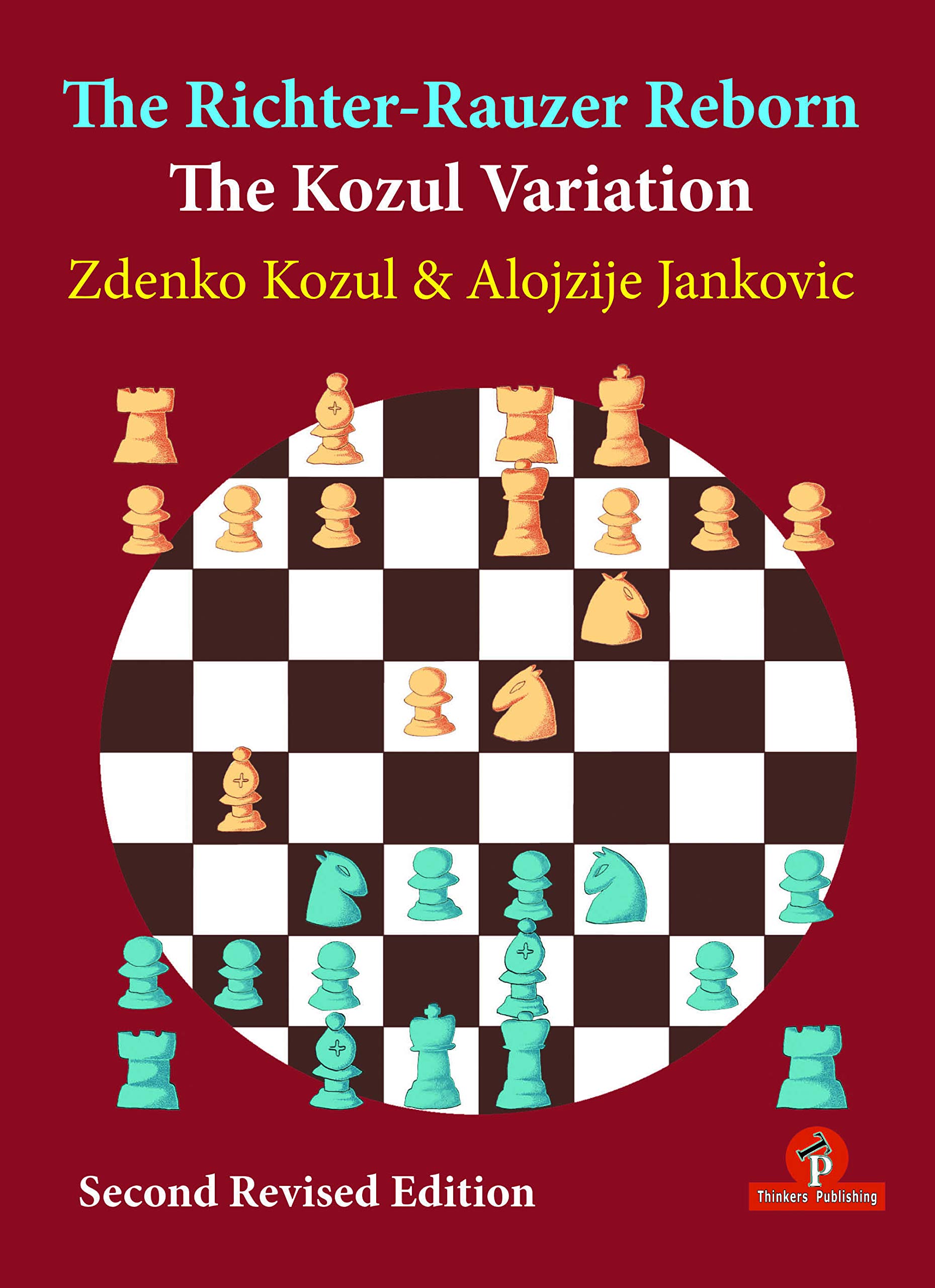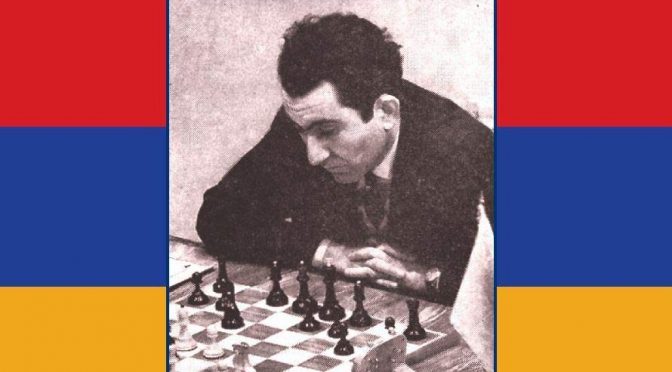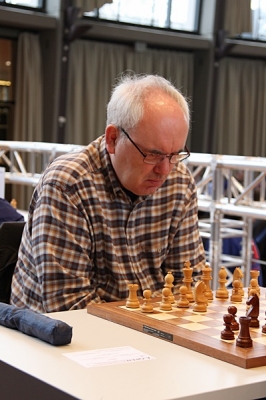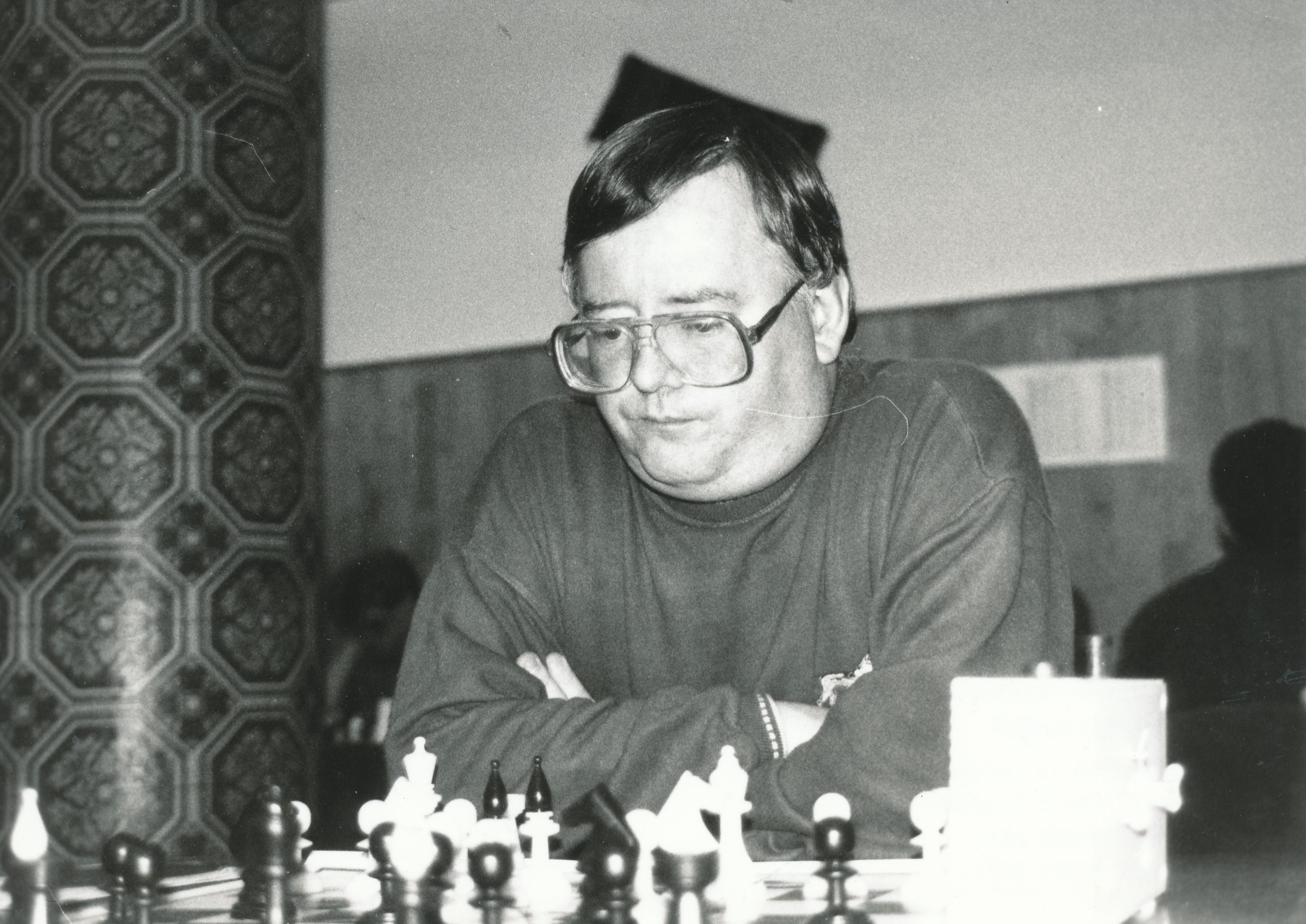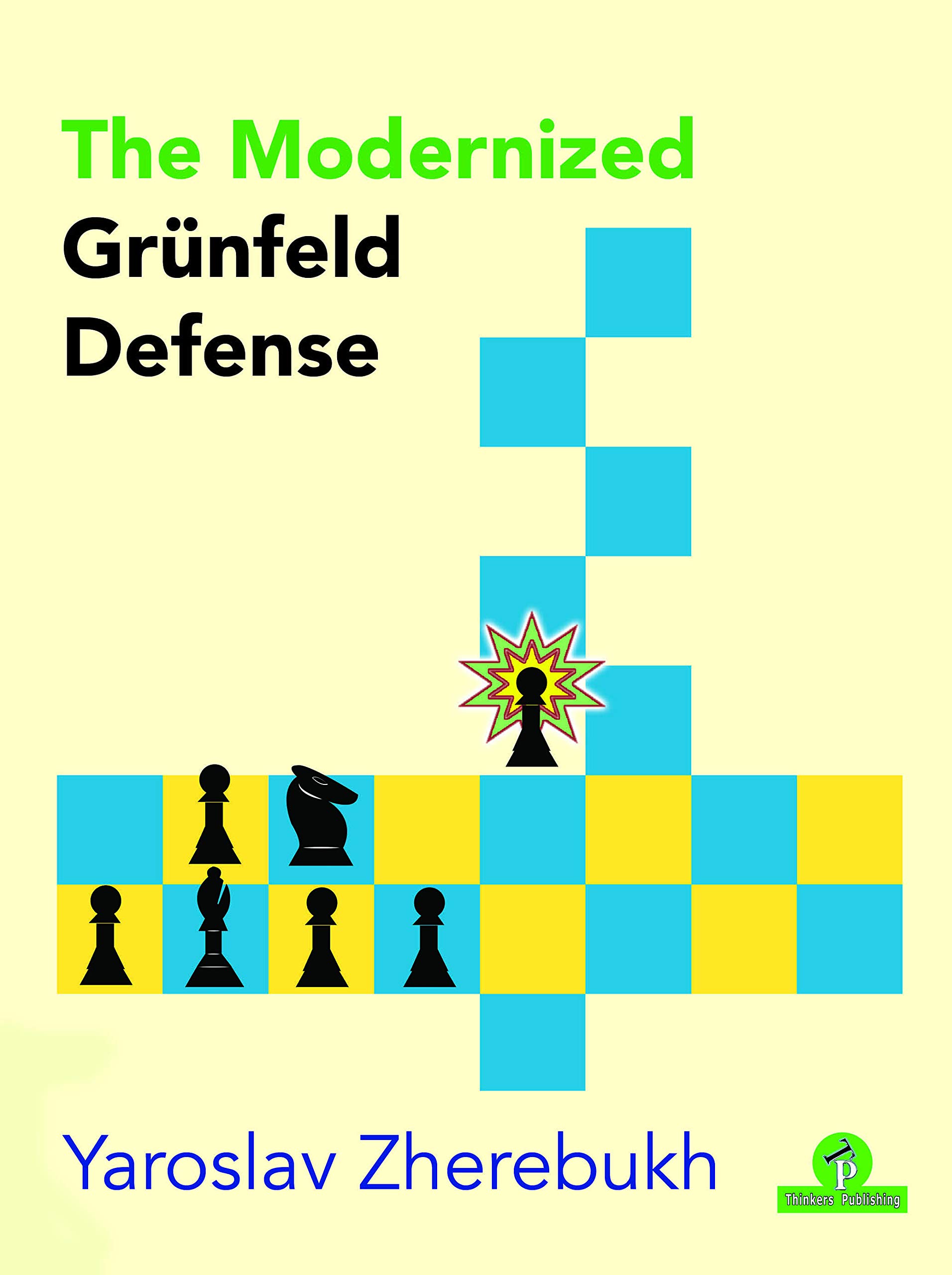
From the rear cover :
“Yaroslav Zherebukh was born in July 1993 in Lviv, Ukraine. He earned the Grandmaster title in January of 2009 at 15.5 years of age. In 2011 Yaro participated in the World Cup where he was seeded 97 th out of 128 contestants. He won his first three matches against Pavel Eljanov, Ruben Felgaer and Shakhriyar Mamedyarov before losing to David Navara. In 2013 he moved to the United States shifting his focus to coaching and academics. In 2017 he competed in the US Championship in 2017 where he scored a spectacular win over world #2 Fabiano Caruana and qualified to the 2017 World Cup! He has coached a plethora of talented American youths including world class GM Jeffery Xiong. Besides his chess activities, Yaro holds an MA in financial economics from Saint Louis University and has experience working for private equity firms in New York City.”

Also from the rear cover
“The Modernized Grünfeld Defense will be extremely helpful for any chess player looking for a reliable lifetime repertoire against White’s 1.d4. It will benefit current Grünfeld players as Yaro unveils his analysis and numerous novelties waiting to be played over the board.”
This new book on the Grünfeld, a welcome addition to Thinkers Publishing’s “Modernized” series, is written by a 2600+ GM who plays the defence himself. It is a repertoire book, with the author recommending which variation (and sometimes a choice of variations) to play against each system that White may employ.
The book is arranged into five parts (Exchange Variation, 4Nf3, other 4th moves etc) each containing several chapters for the main sub-variations. There is no overall index of variations, but the reader can quite easily navigate to a particular line by using the Table of Contents and then the Guide at the beginning of each chapter.
The book is very up-to-date (one chapter is devoted to 5 h4) and includes much of Zherebukh’s own analysis and many of his novelties. He typically recommends combative lines which have been much tested in practice. When he does recommend an ambitious sideline (such as 5 …dxc4 in the 5 Bg5 variation) he also provides analysis of the less ambitious “main” line (5 …Ne4 in that example).
This excerpt from the book is, I think, quite typical of Zherebukh’s style. It arises from a rare line in the 7 Bb5+ variation:
Position after: 9…b5
10. Bb3
10 Bc2 b4N A cute novelty, although not terribly important as only 6 games have reached this position according to the ChessBase online database. Still, let’s enjoy the underlying idea. 11. cxb4 a5!
Position after: 11…a5!
A) 12. bxa5 c5=+ The last three pawn moves remind me of checkers: Black is begging White to take all of the pawns to get to the grand prize, the d-pawn.
B) 12. Bd2 axb4 13. Bxb4 c5! And yet one more pretty pawn sacrifice.
Position afer 13… c5!
14. Bxc5 [14.dxc5 Bxa1 15.Qxa1 Ba6 -+] 14 …Na6 The bishop on c5 suddenly doesn’t have any good squares. Note that it cannot retreat to a3 because we would win it after the devastating … Qa5+ followed by …Qxa3. If 15.Rb1 Nxc5 16.dxc5 Qa5+ 17.Qd2 Qxc5 18.Bd3 Be6 -/+ we are about to capture the extra pawn White currently enjoys and then our bishop pair would be vastly superior to White’s knight and bishop.
The material is well-presented and the repertoire suggestions are both aggressive and sound.
The book has some interesting features which I believe add value to the actual chess content. For example, it contains a “Conclusion” in which the author describes, in one or two paragraphs, what was covered in each of the 16 chapters with a couple of additional insights about the variation the chapter covers. For example, about the 4,e3 variation he writes:
While this system is not the most ambitious and is commonly played to avoid the major theoretical battles, I still recommend memorising the precise move orders for Black. In my opinion, White may have some venom in the 5.Nf3 6.b4 system which I suggest studying in detail.
Also, Zherebukh gives some tips on how to learn openings and how to memorise them, including some specifics on how to use software or web sites to achieve this and how he himself prepares to use a newly-learnt opening. (I should point out that the book itself does not rely on software or online content.)
As someone who has been playing the Grünfeld recently, I very much like this book and I can recommend it it to anyone who is seeking to take up the Grünfeld, or who is already playing it.
Colin Purdon, August 23rd 2020

Book Details :
- Flexicover : 302 pages
- Publisher: Thinkers Publishing; 1 edition (14 July 2020)
- Language: English
- ISBN-10: 9492510790
- ISBN-13: 978-9492510792
- Product Dimensions: 17 x 23.5 cm
Official web site of Thinkers Publishing


